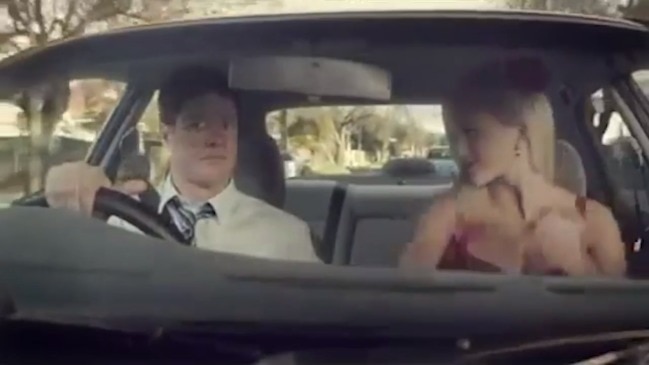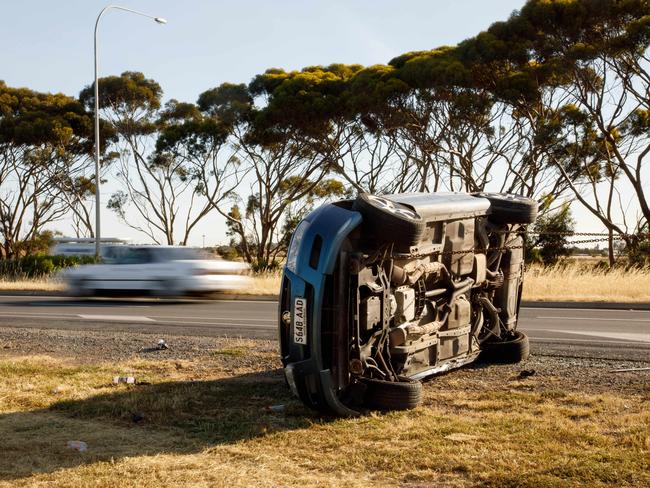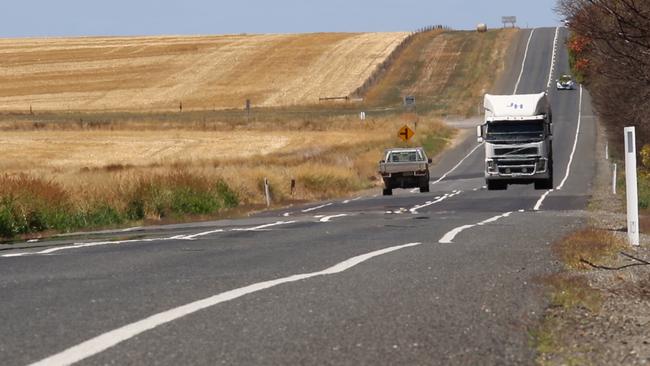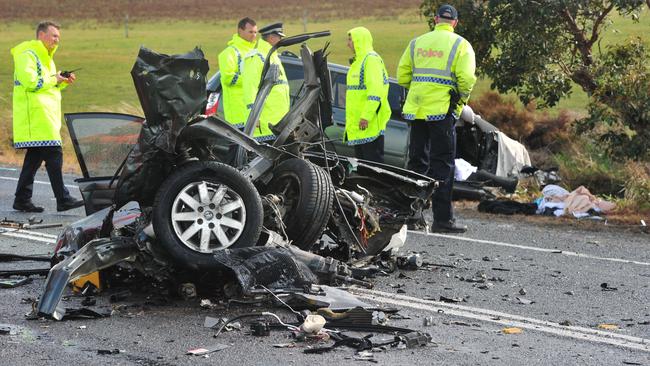Road deaths on SA rural roads are rising, although the overall toll is expected to be the lowest in a decade
DESPITE the state’s overall road death toll on track to be its lowest in at least 10 years, country deaths continue to climb.

SOARING rural road deaths have prompted calls to improve safety and infrastructure on the state’s most notorious sections, despite the overall death toll on track to be its lowest in at least 10 years.
While fatalities on metropolitan roads are down with only 15 fatalities so far this year, the regional road toll sits at 49 – two less than the annual 10-year average and four more than the 2017 total.
The Advertiser has analysed new Transport Department data to find the most dangerous country roads in the state based on the number of crashes – including serious and fatal collisions – over a five-year period.
Gorge Rd:
- On the outskirts of town, a 15km stretch of Gorge Rd in the Adelaide Hills was the worst trap for crashes, with a rate of 96 collisions per 10 kilometres of driving in 2013-2017, including 14 serious and two fatal crashes.
Victor Harbor Rd:
- From just outside the Victor Harbor township to Willunga Hill was ranked second with 49 crashes per 10km.
Port Wakefield Rd:

The stretch between Two Wells and Port Wakefield had a crash rate of 37, including seven fatalities.
Horrocks Hwy:
There were 87 crashes along the Tarlee to Stanley Flat stretch including three serious injuries and five fatalities.
Victor Harbor Council mayor Graham Philp said it was long windy stretches and a high presence of wild animals that made Victor Harbor Rd so dangerous.
“We do have issues with kangaroos and (other) wild animals crossing the road,” Mr Philp said.
“Also because it’s so windy and hilly there’s quite considerable distances where no passing is available.
“We do get a lot of heavy vehicles using that road slowing things down and causing frustration, so drivers are willing to take risks they shouldn’t be taking.”
RAA road safety senior manager Charles Mountain said the association had been advocating for road upgrades to improve Horrocks Highway’s poor surface and add more overtaking lanes.
“The State Government recently announced $2.5m to address some sections of the highway, which is a step in the right direction,” he said.
“However, further investment will be needed on this corridor to bring it to safe and acceptable condition for the thousands of motorists who use this road on a daily basis.”

Mr Mountain added more needed to be done to improve road safety and driver education on SA’s country roads.
“Factors such as fatigue are potentially a greater issue because of the greater distances people tend to drive in the country,” he said.
Mr Mountain said safe road conditions, drivers, cars and speeds were all vital to reduce serious and fatal crashes.
SA Police Traffic Support Branch Superintendent Bob Gray said vehicle occupants not wearing a seatbelt have a higher prevalence in rural fatalities.
“SA Police have run Operation Belt Up as a high-profile enforcement message in response to this,” he said.
“The road toll is not about numbers – it is about the devastating impact these preventable deaths and serious injuries have in each family, community and workplace touched by these individuals.”

Transport Department data for 2017 shows crash victims who weren’t wearing seatbelts were 16 per cent more likely to die and 15 per cent more likely to be seriously injured compared with their seatbelt-wearing counterparts.
While there were less deaths and serious injuries overall on the state’s roads this year compared to previous years, police warned this was “no time for complacency”.
Ahead of the holiday season, Supt Gray reminded all motorists to plan ahead for journeys and organise other transport if consuming alcohol.
“We continue to ask people to make the right choices for their own sake and for the safety of all road users,” he said.
“That means discouraging motorists from driving under the influence of alcohol or illicit drugs, encouraging them to do their seatbelt up, not speed, not be distracted while driving and to not engage in other dangerous driving practices.”
